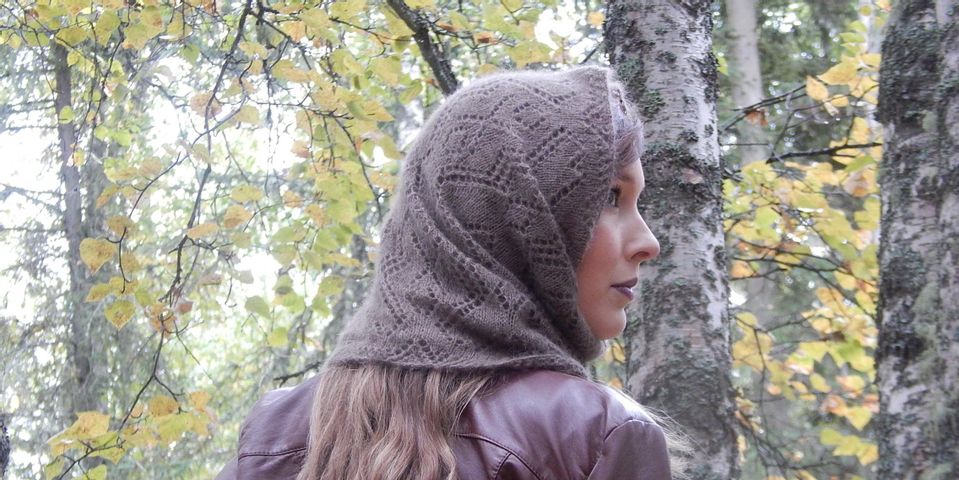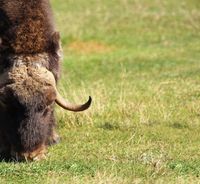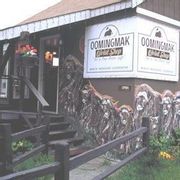How Is Qiviut Harvested?

Qiviut is a soft, grayish-brown fiber that comes from the undercoat of a musk ox, which is a goat-like mammal that lives in the Arctic region. The fiber is one of most sought-after for garments because it is stronger and warmer than wool and softer than cashmere. If you’re interested in purchasing a qiviut garment but are concerned about the harvesting process, below is an overview of how it works.
A Guide to Qiviut Harvesting
 Adult musk ox naturally shed qiviut from their undercoat during April and May. During the molting stage, it will loosen from their skin and work its way out through the other 2 layers of guard hair. Musk Ox will actively rub up against bushes, trees and anything they can, even grave stones, in an effort to get qiviut off. There are between 4,000-5,000 wild Musk Ox in the state of Alaska. People living in bush Alaska can run around in the spring and collect it from the bushes and tundra. Or in the winter subsistence hunt a Musk Ox for food, and comb the qiviut from the hide. Selling qiviut to the co-operative is another way they can supplement their subsistence lifestyle, and earn income in areas where job opportunities are few.
Adult musk ox naturally shed qiviut from their undercoat during April and May. During the molting stage, it will loosen from their skin and work its way out through the other 2 layers of guard hair. Musk Ox will actively rub up against bushes, trees and anything they can, even grave stones, in an effort to get qiviut off. There are between 4,000-5,000 wild Musk Ox in the state of Alaska. People living in bush Alaska can run around in the spring and collect it from the bushes and tundra. Or in the winter subsistence hunt a Musk Ox for food, and comb the qiviut from the hide. Selling qiviut to the co-operative is another way they can supplement their subsistence lifestyle, and earn income in areas where job opportunities are few.
It takes 3 to 5 years to gather the 600 to 1,000 pounds of raw fiber the Co-operative needs to meet the minimum requirements of the big commercial cashmere mills the co-op contracts with for spinning. Qiviuts natural color is a smokey brown, but can be dyed. Although the co-operative has found qiviut is much like our hair. Changing color can damage fibers and change texture. Darker colors are more popular because bleach, which is required for light pastels, weakens the fibers.
For the finest handmade qiviut items, stop into Oomingmak Musk Ox Producers Co-Operative in Anchorage, AK. The unique co-op is owned by 250 Native Alaskan women, who produce all of the products they sell in their shop. Whether you’re interested in a scarf, hat, or tunic, you will find something beautiful and delicate on display. Give them a call today at (907) 272-9225 to ask about care details, and visit their website to learn more about the co-op.
About the Business
Have a question? Ask the experts!
Send your question

